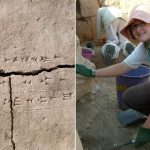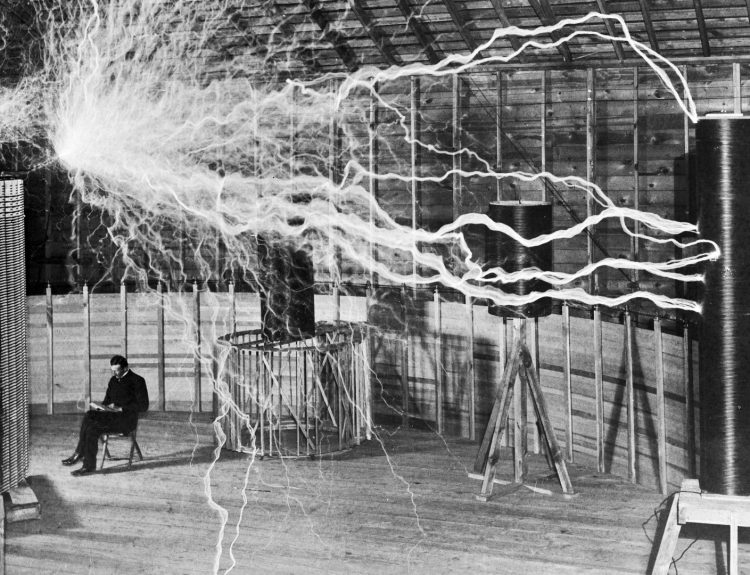Archaeologists in Cairo faced challenging conditions as they excavated a colossal statue from the mud in 2017. Initially believed to depict one of Egypt’s renowned pharaohs, the statue now raises the possibility of representing a ruler from the Late Period. If confirmed, this discovery would mark it as the largest statue from that era in Egyptian history.
A collaborative team of German and Egyptian archaeologists made this remarkable discovery in the El Matarey district of Eastern Cairo, which was once the site of the ancient city of Heliopolis. The area presented a challenging and inhospitable working environment, with unfinished structures and muddy pathways. However, the team persevered and unearthed an impressive eight-meter quartzite statue that dates back about 3,000 years. The significance of the find was heightened by the fact that the statue was found below the water level, buried in mud.
During the excavation, the archaeologists first uncovered the bust and lower portion of the statue’s head. As they continued their careful work, they gradually revealed the crown and other facial features. Initially, the belief was that the statue represented Ramses II, due to its discovery in Heliopolis, where the pharaoh had established a sun temple. This connection to the ancient city further strengthened the researchers’ confidence in identifying the statue as a depiction of the renowned ruler.
Dietrich Raue, the leader of the German research team, emphasized the significance of Heliopolis, stating that the ancient Egyptians believed it to be the dwelling place of the sun god. As a result, no royal palaces or residences were constructed in that area. According to Raue, Matariya, as Heliopolis is also known, was believed to be the place where the world itself was created, making it of great historical and mythological importance according to ancient Egyptian beliefs.
Further investigation revealed that the statue actually depicts Psammetichus I, a ruler from the 26th dynasty. The key to identifying the statue’s subject was the presence of the inscription ‘Nebaa,’ a name specifically associated with Psammetichus I. While researchers are still working to establish absolute certainty regarding the statue’s true identity, they are increasingly confident in their findings.
Psammetichus I ruled Egypt from 664 to 610 BCE and is recognized as the inaugural pharaoh of the 26th dynasty, also known as the Saite Period. His reign marked a pivotal shift towards independence following an era of Assyrian rule and domination. Under his rule, ancient Egypt experienced a period of prosperity and independence, serving as a catalyst for the commencement of the Late Period in Egyptian history, which lasted until Egypt’s conquest by Alexander the Great in 332 BCE.
The discovery of the statue has been hailed as one of the most significant archaeological findings by Khaled al-Anani, Egypt’s Minister of Antiquities. Egyptologist Khaled Nabil Osman described it as an impressive and remarkable discovery, emphasizing the historical and cultural significance of Heliopolis. However, Osman also expressed concern over the current condition of the area, highlighting the need for extensive cleanup efforts and the relocation of infrastructure to ensure the preservation and proper showcasing of this historical site.
The unearthing of this forgotten statue of Psammetichus I in the Cairo slum of Matariya has the potential to breathe new life into Egypt’s tourism industry. Psammetichus I is often considered one of the greatest pharaohs to have ruled Egypt, and his belief that the world was created in Heliopolis adds to the allure of this discovery. As the statue is restored and its identity confirmed, it will be displayed at the Grand Egyptian Museum.
This remarkable discovery not only sheds light on ancient Egyptian history but also serves as a reminder of the enduring power and influence of the pharaohs. The perseverance of the archaeologists in challenging conditions has brought forth a treasure that will captivate and inspire generations to come.






